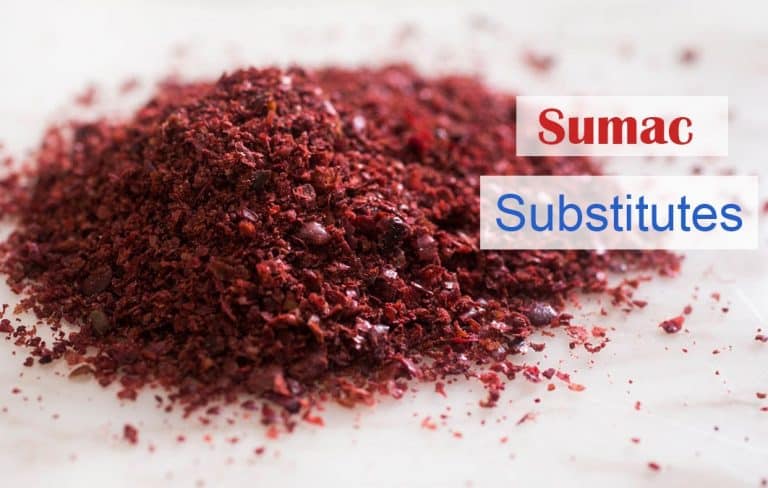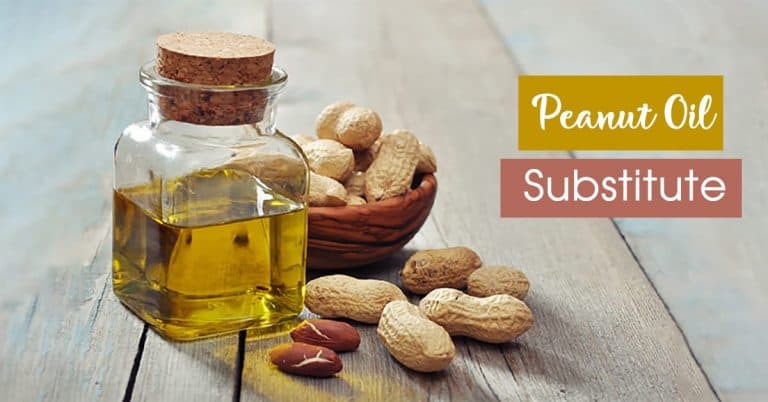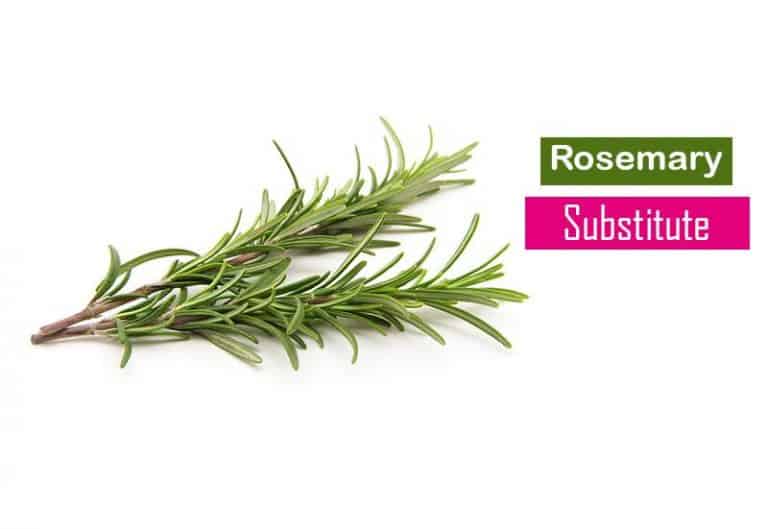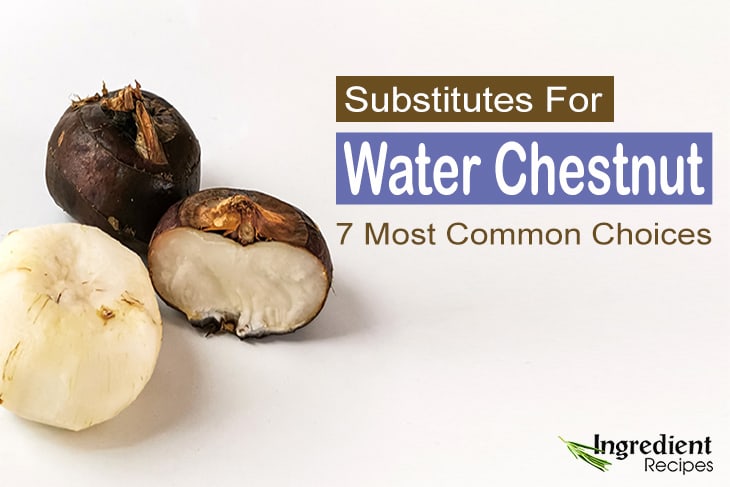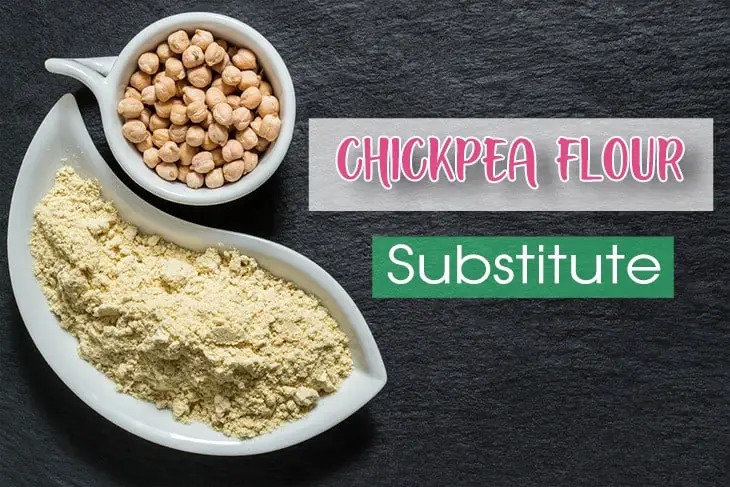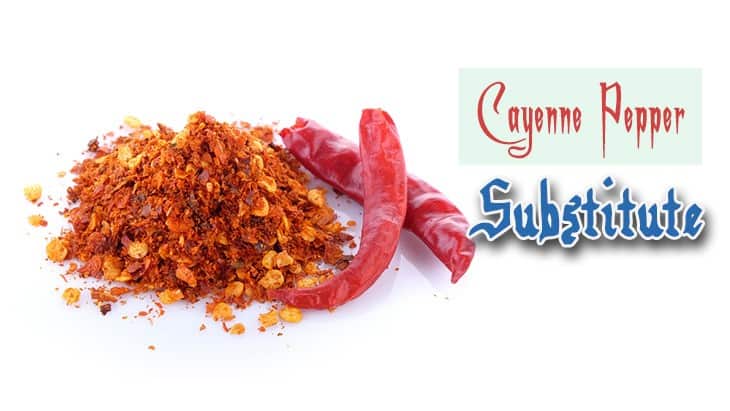
Cayenne Pepper is undoubtedly a fantastic ingredient to cook. Used in many cultures, it adds distinctive hot and spicy flavors to food. Moreover, Cayenne Pepper is packed with numerous health benefits, such as reducing heart diseases or supporting weight loss.
However, what if you do not have any cayenne pepper on hand? So, it is time to use a Cayenne Pepper substitute instead! In this blog, we will provide you a list of ingredients that act as great substitutes for Cayenne Pepper.
About Cayenne Pepper
Before discovering Cayenne Pepper replacements, let’s have a look at some information about this spice.
The chili pepper originates from the town of Cayenne, on the northeast coast of South America. Like bell peppers and pimientos, cayenne pepper is a type of Capsicum annuum.
Cayenne pepper is well-known for its spiciness. It has a component called capsaicin, which accounts for approximately 12% of the chili pepper. Cayenne has a rating of 30,000 to 50,000 Scoville units, making it around ten times hotter than a jalapeño. While it is hot and spicy, cayenne pepper is also pungent and has a strong bite.
The flavor intensifies as it cooks. If you start lightly seasoning your food then taste it often, you will find a perfect balance. It gives your dishes plenty of heat without removing their core flavors.
For culinary purposes, people around the world use Cayenne pepper in a wide range of dishes. Some famous dishes cooked with this spice include Kapsalon (Dutch loaded fries), tacos, cod wraps with salsa, Indian curry, and so much more.
Cayenne pepper is a healthy spice due to its tremendous medicinal uses and benefits to general health. It has a good source of many B vitamins, as well as Vitamin A, Vitamin C, Vitamin K, and manganese. In addition, it can reduce the levels of cholesterol in the blood, mitigating the risk of cardiovascular diseases.
People who consume cayenne pepper stand lower chances of blood clots, leading to strokes and other severe health problems. In addition, according to clinical research, using the chili pepper aids digestion, facilitates metabolism, alleviates joint pain, and improves the immune system.
Best 15 Cayenne Pepper Substitutes
So, let’s get started! Below is a Cayenne Pepper Substitute collection that can act as excellent alternatives when you run out of cayenne pepper. You can choose the one that meets your favored spice level.
1. Red Chili Flake Or Powder
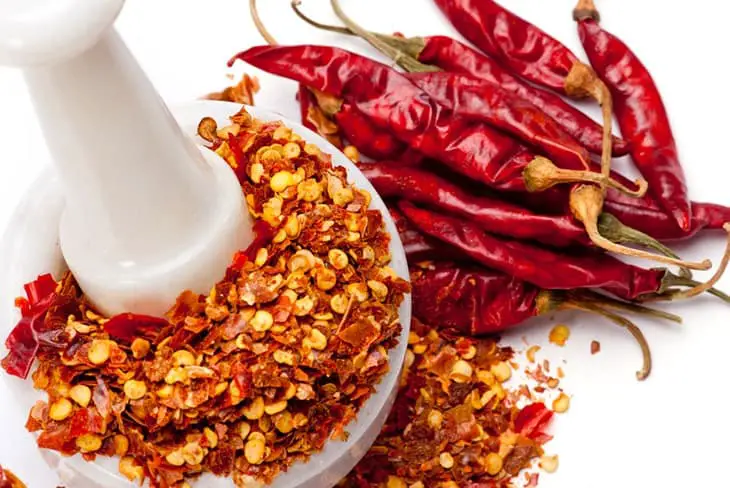
Red chili flake or powder is a well-known ingredient found in every home kitchen. It can be used as a satisfactory cayenne pepper substitute.
Use two to three teaspoons of red chili powder equal to the heat level of a quarter teaspoon of cayenne pepper. The amount may vary between different brands, so it is better to have a look at the heat level on labels before you buy them.
Red chilis contain a large number of minerals, vitamins, and many healthy plant compounds such as capsanthin, capsaicin, ferulic acid. Therefore, moderate consumption of red chili flakes or powder will have a positive impact on your health.
The advantage of using chili powder or flakes as a substitute for cayenne pepper is that you can add it to a dish while you are cooking or just as a seasoning.
2. Jalapeno Peppers
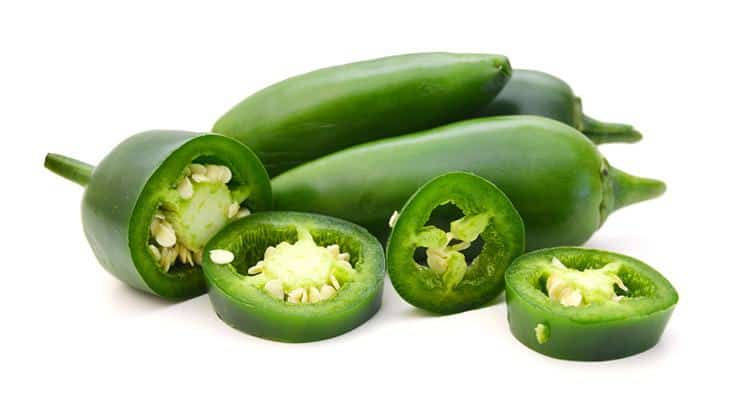
The jalapeno is a medium-sized chili pepper pod type originating in Mexico. It has a broad range of pungency, with 3,500 and 8,000 Scoville heat units. Although people often pick and eat Jalapeno while still green, you may sometimes see it being entirely red, orange, or yellow once it is fully ripe.
This pepper is commonly used as a topping of pizza, giving a distinguished spicy touch. However, it can be a milder substitute for cayenne pepper.
The high levels of antioxidants in jalapeno peppers do wonders for human health by regulating blood circulation. Packed with vitamin A and micronutrients such as folate, Jalapeno peppers offer significant health benefits if consumed regularly. Jalapeno also has much Capsaicin that relieves arthritis, neuropathy, and muscle sores.
Read Also: Substitute For Jalapenos: Top 11 Easy Things In Your Kitchen
3. Serrano Peppers
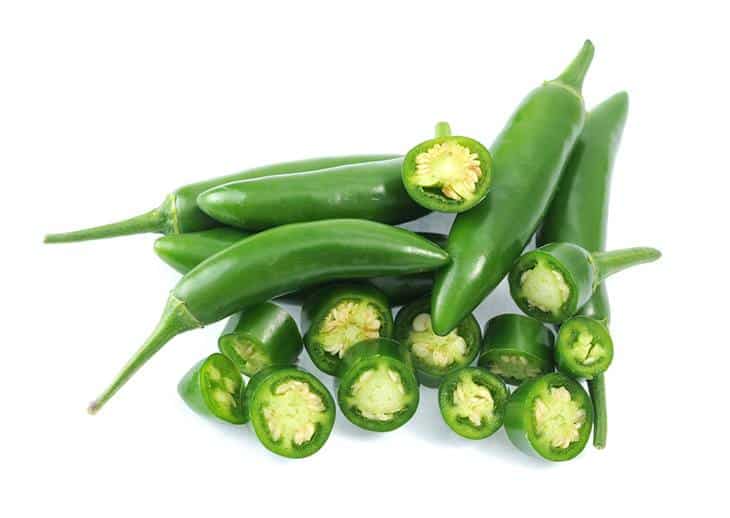
The serrano pepper is a kind of chili pepper originating in the mountainous regions of the Mexican states.
The fiery flavor of serrano peppers makes it be used in Mexican food as often as cayenne pepper. As one of the most popular Cayenne Pepper Alternatives, serrano peppers rank close to cayenne pepper regarding the heat index. The remarkable thing about this pepper is that its flavor only gets stronger after cooking for some time. The more you cook this hot chili pepper, the sharper the flavor diffuses into the dish.
Serrano peppers come along with great health benefits. This low-sodium and low-calorie spice has a high fiber content that promotes a healthy heart and supports weight loss. Furthermore, serrano peppers can moderate blood sugar levels and significantly reduce arthritis pain.
4. Thai Peppers
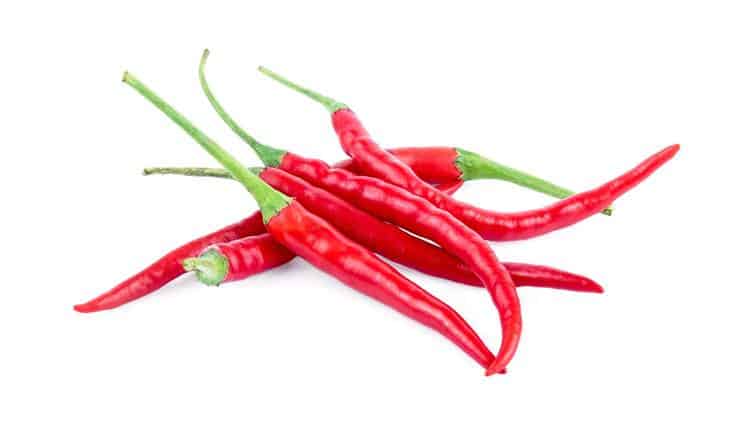
Thai pepper is a chili pepper that is commonly found in Ethiopia and across Southeast Asia. However, it has origins in Mexico, Central America, and South America. Thanks to its exceptional flavors, Thai pepper is used a lot in many Asian cuisines.
Thai chili is aromatic. It measures about 50,000 – 100,000 Scoville units at the lower half of the range for the hotter habanero, but still much hotter than a typical jalapeño.
While others have dried or processed options, Thai chili is the greenest and fresh substitute for cayenne peppers. Fresh Thai peppers not only bring spice to your dish but also offer a stunning appearance thanks to their green or red color. In addition, containing high contents of vitamins A, B, and C, Thai peppers are beneficial to eye health and boost your immunity.
5. Paprika
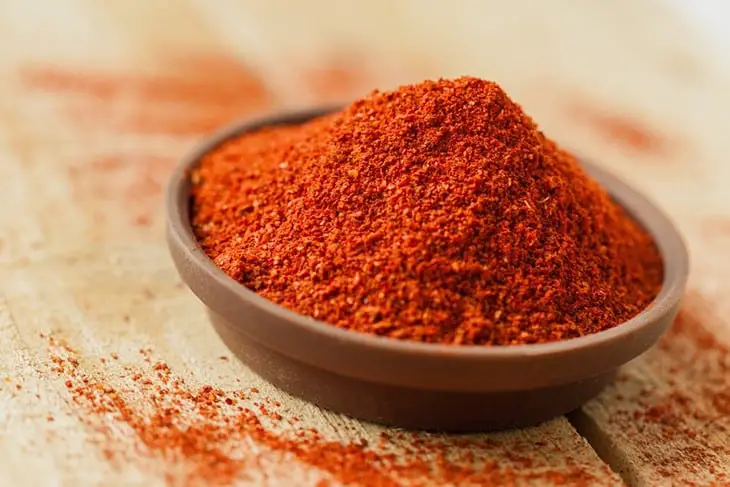
Originating in Hungary, paprika has been extensively used worldwide for its distinct flavor and incredible health advantages. Paprika is made from dried and ground red peppers, often including chili peppers.
Paprika is a specific red chili with two variants: sweet paprika and hot paprika. While sweet paprika brings a mildly spicy flavor, the heat levels of hot paprika can be medium or average. As a result, red hot paprika acts well as a milder substitute for cayenne pepper.
The oxidants in paprika like lutein and zeaxanthin prevent damage to the eye vision. At the same time, paprika contains iron and vitamin E, contributing to better blood circulation. Moreover, regular consumption of paprika can facilitate anti-aging and give you healthy glowing skin.
Used in many European and Mexican dishes, Paprika proves to be a great choice as a cayenne pepper substitute.
6. Black Pepper
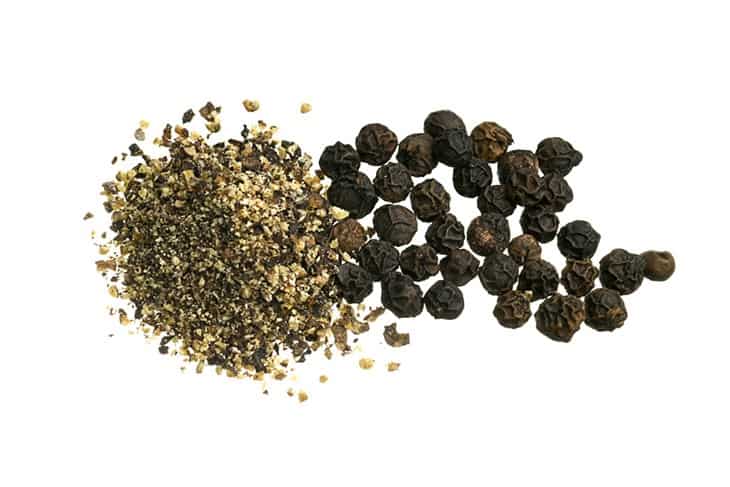
Black pepper is typically dried and widely used as a spice and seasoning. Black pepper originates on the southwestern coast of India. But in recent years, it is grown in many tropical regions.
Black pepper is among the most common spices around the world. Its spiciness comes from the chemical compound piperine, which is different from capsaicin in chili peppers. It is popular in Western food as a seasoning and is often presented with salt.
If you are searching for a milder alternative for cayenne pepper, a good option is a black pepper. Black pepper’s heat level is not as strong as cayenne pepper but still can warm up your dish.
Black pepper contains many antioxidants, offering benefits to health. For example, it is suitable for patients with arthritis and even saves people from inflammation in the airways due to asthma. The daily dosage of black pepper also improves the absorption of curcumin, an antioxidant in turmeric that prevents cancer. What’s more, black pepper has a positive impact on neurons, thus enhancing brain functions. It also helps people who have Alzheimer’s disease.
7. Tabasco Sauce
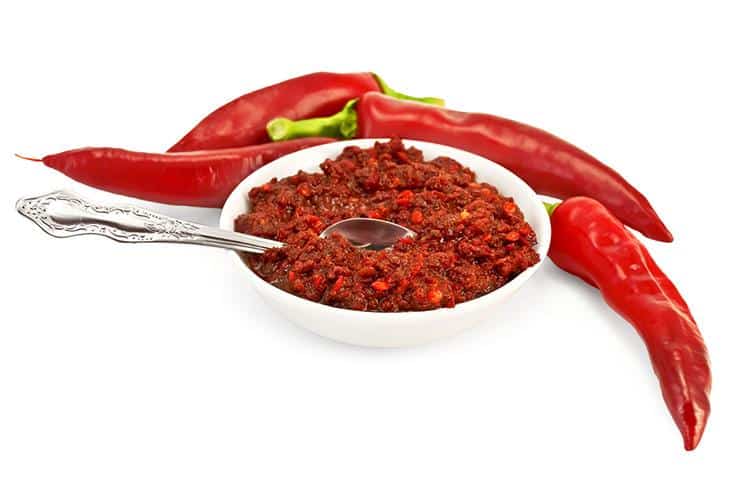
Tabasco is a family-owned brand based in America. They produce hot sauce made from tabasco peppers, vinegar, and salt. In early times, the peppers used in Tabasco were grown on Avery Island. Today, they are cultivated in other regions such as Central and South America.
Tabasco sauce has a unique flavor that serves as a fantastic cayenne pepper substitute in wet dishes. Many people even add Tabasco sauce to oatmeal. Furthermore, the hot sauce contains no calories, so it is excellent for weight loss. In addition, it can boost the metabolism of your body as well.
8. Chipotle Powder
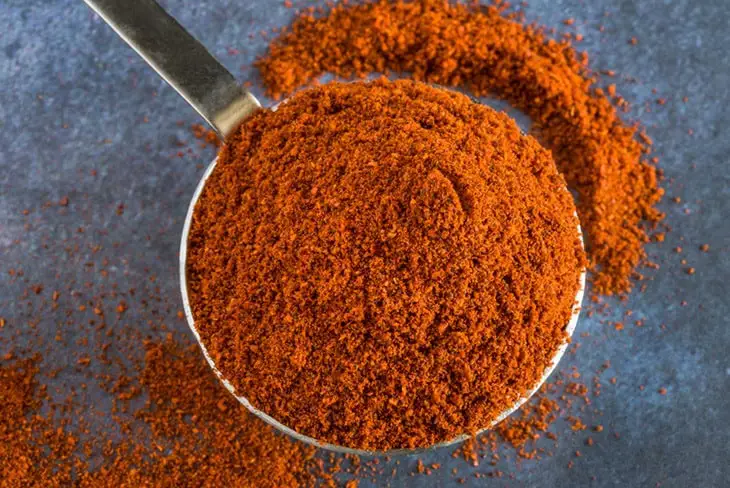
Chipotle powder is made from just one ingredient: dried, smoked jalapeno peppers, which are crushed into powder form for easy use.
If you are in search of a hot, smoky flavor from cayenne pepper, you can put your trust in chipotle powder as an alternative. It is an indispensable spice in Mexican cuisine for its exceptional taste.
The bright red powder can help people with cardiovascular and respiratory issues and prevent cancer. In addition, the high vitamin A content of chipotle powder benefits those suffering from night blindness.
9. Gochugaru
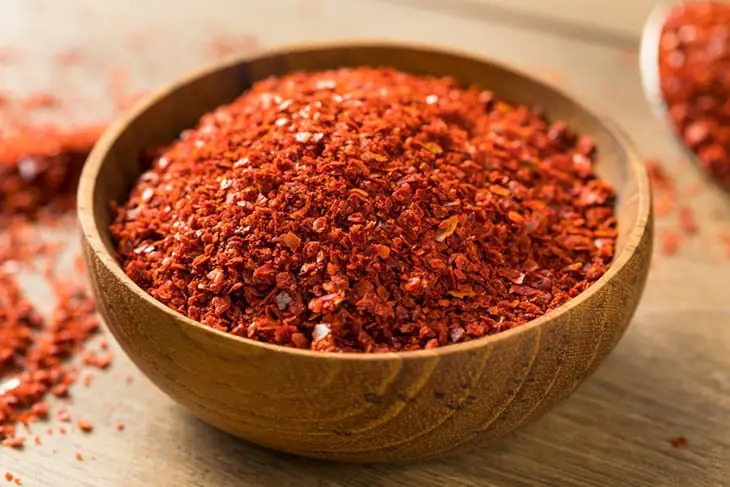
Gochugaru can also be called Korean chili peppers or Korean hot peppers. It is a medium-sized chili pepper native to the Americas, first introduced to Asia around 500 years ago.
Gochugaru is considered a perfect cayenne pepper replacement because it brings an equivalent heat level to the dish. If you have tried Korean nourishment before, you definitely feel the sweetness and warmth in every food that has gochugaru. Kimchi is apparently the signature Korean dish made with this spice.
The pepper contains high contents of vitamin and dietary fibers, curbing health issues such as heart disease and diabetes. Moreover, research has shown that consumption of gochugaru can put off the spread of prostate cancer cells.
10. Mustard
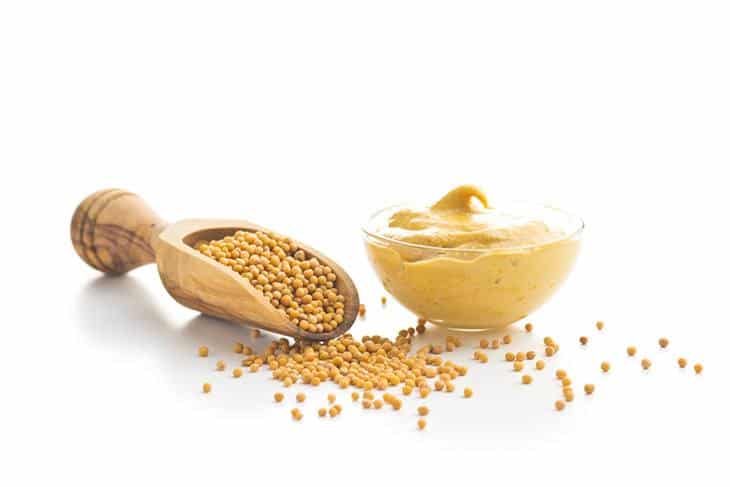
Mustard is made from ground seeds of a mustard plant combined with water, salt, vinegar, and some other spices. You may see its color range from yellow to brown. Moreover, mustard tastes straightforwardly savory and spicy.
Mustard is often used with raw food like sashimi, cooked meats, vegetables, and cheeses. Also, it is famous as a spice for hamburgers, sandwiches, corn dogs, and hot dogs. In addition, mustard is a wonderful ingredient in many stews, dressings, sauces, marinades, or soups.
There are three basic types of mustards, which are: white mustard, brown mustard (Indian mustard), and black mustard. Mustard is rich in fiber, protein, vitamin B, and C. Therefore, it offers great health advantages. It helps to reduce muscular pains, respiratory disorders and also contributes to treating diabetes or cancer.
Do not worry if you do not have mustard sauce at home, because it is much easier to make homemade mustard than you might think. You just need to mix powdered mustard with water or an acid like lemon juice, wine, apple cider or white wine vinegar, or beer, then let the whole thing mellow out for 20 minutes.
You can even use a food processor and add whole mustard seeds for a grainy texture.
You can learn how to make homemade mustard here:
11. Ginger

Originating in Maritime Southeast Asia, ginger is a prevalent spice and folk medicine. Along with containing multiple minerals and vitamins, this extraordinary plant is rich in gingerol that stimulates digestion.
Ginger has a unique taste, with a combination of spiciness and sweetness at the same time. It is best used with protein-rich dishes like chicken, pork, and beef. For an even sharper taste, you can mix ginger with garlic.
People around the world have long used ginger as traditional and alternative medicine. It has antioxidant effects that help reduce oxidative stress. In addition, it treats nausea and vomiting for people undergoing certain types of surgery. Furthermore, ginger significantly lowers blood sugars and heart disease risks. In times of pandemics like this, you should use ginger to support your immune system.
12. Hot Sauce
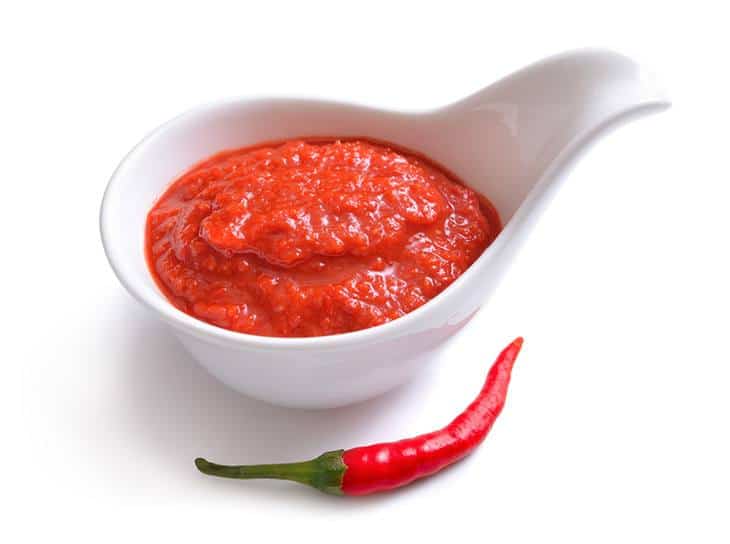
Many popular hot sauces are created with cayenne peppers. Therefore, when tasting them, you will feel similar heat and flavor. While it may not be ideal to alter cayenne powder with a sauce, it is still a suitable cayenne pepper replacement.
There are many brands of Hot Sauce that are available. You may try Frank’s RedHot. Featuring cayenne pepper as the main ingredient, it only contains four other components to compliment the pepper. In addition, it is not expensive at all. Other choices include Tapatío, Texas Pete, Cholula, or any other red, Louisiana-style hot sauce.
One tip is that you should double the amount of hot sauce when substituting for cayenne pepper.
13. Rocoto Pepper
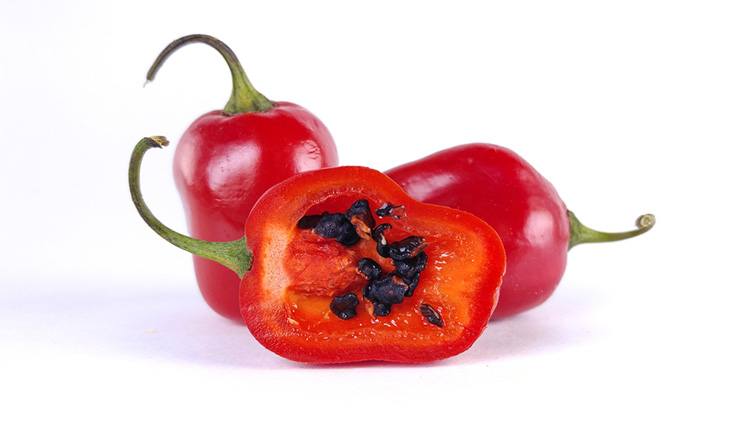
Rocoto pepper originates in Peru, Ecuador, Bolivia and dates back to pre-Incan times. Despite having an appearance that resembles bell pepper in shape, it is undoubtedly a hot type of pepper.
People use rocoto pepper in various dishes. For example, it can be stuffed with a tasty ground beef mixture as “Rocoto Relleno,” a popular dish in the Andes mountains. In addition, you may simply ground Rocoto pepper to use as a spice in sauces and soups.
14. Habanero
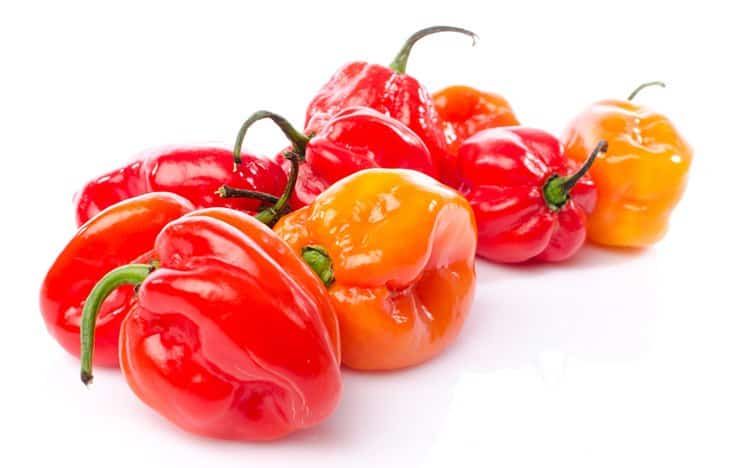
The habanero is a hot variety of chili pepper that emanates in the Amazon. It is perfumed, rated from 100,000 to 350,000 on the Scoville scale.
The habanero’s heat, floral aroma, and flavor make it a popular ingredient in hot sauces and other foods. Unlike other chili peppers, Habanero has a more fruity taste. That is why it is often used with mango or peach to create a tropical flavor with blazing heat. You may also try fish tacos with habanero as it tastes incredible.
15. Scotch Bonnet
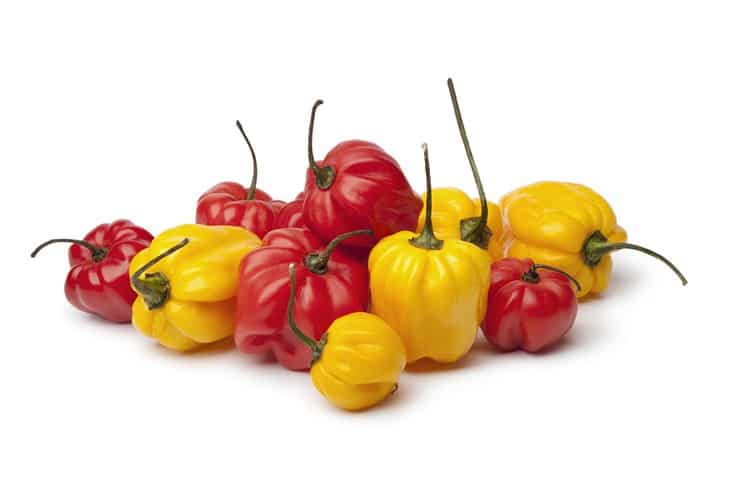
The Scotch bonnet is hugely well-known in West Africa, with a heat rating of 100,000–350,000 Scoville units. Its similarity with shape to the Scottish Tam o’ Shanter hat inspired its name.
Scotch bonnet pepper is often red or yellow at maturity. However, other varieties can ripen to yellow, orange, peach, or even chocolate brown, which is very much like the habanero pepper.
People around the world use this pepper in different dishes, hot sauces, and condiments. It is typically served with jerk dishes like pork and chicken. Furthermore, its apple-and-cherry-tomato flavor also combines well with other edibles. You may try Caribbean dishes to discover Scotch bonnet’s unique flavor.
Scotch bonnets are an excellent source of vitamins such as vitamin A, B, and C, as well as iron, niacin, riboflavin, and magnesium.
Conclusion
Cayenne pepper has always been the shining ingredient in tacos, sandwiches, nachos, salsa, soups, and chicken dishes. However, a broad range of spices can be used as a cayenne pepper substitute to get a similar heat and flavor. If you need a similar warmth, hot paprika chili powder and hot sauce seem to be the best alternatives for cayenne pepper.
Yet, if you are looking for a milder replacement, you should choose serrano and jalapeño pepper. Let’s try these cayenne pepper substitutes and see which one works the best for you!

